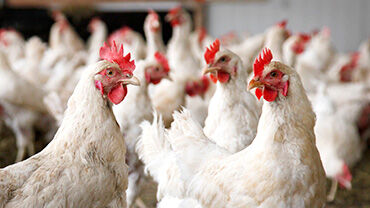Low risk to public health in the EU from low pathogenic avian influenza A(H7N7) viruses
ECDC assesses the epidemiological and virological information about human infections with low pathogenic avian influenza A(H7N7) viruses, in response to an outbreak on a poultry farm in the United Kingdom in February 2015.
On 2 February 2015, British authorities reported an outbreak of low pathogenic avian influenza virus A(H7N7) on a chicken farm in Hampshire in the United Kingdom. Culling of the birds in the affected holding has started, with restriction and surveillance zones established, and investigations into how the birds became infected have been initiated.
Three persons who had been exposed to the flock reported an influenza-like illness or conjunctivitis, however no human infections with A(H7N7) or other respiratory viruses were identified.
Groups at risk for infection include people with occupational exposure to infected poultry, e.g. during the culling and destruction process when there are outbreaks on poultry farms. However, the risk for zoonotic transmission to the general public in EU/EEA countries is considered to be extremely low.
Outbreaks in poultry holdings caused by low pathogenic avian influenza A(H7N7) viruses have been reported previously in Europe, causing infections in humans occupationally exposed to infected poultry . Such infections caused mild disease with influenza-like symptoms or conjunctivitis.





